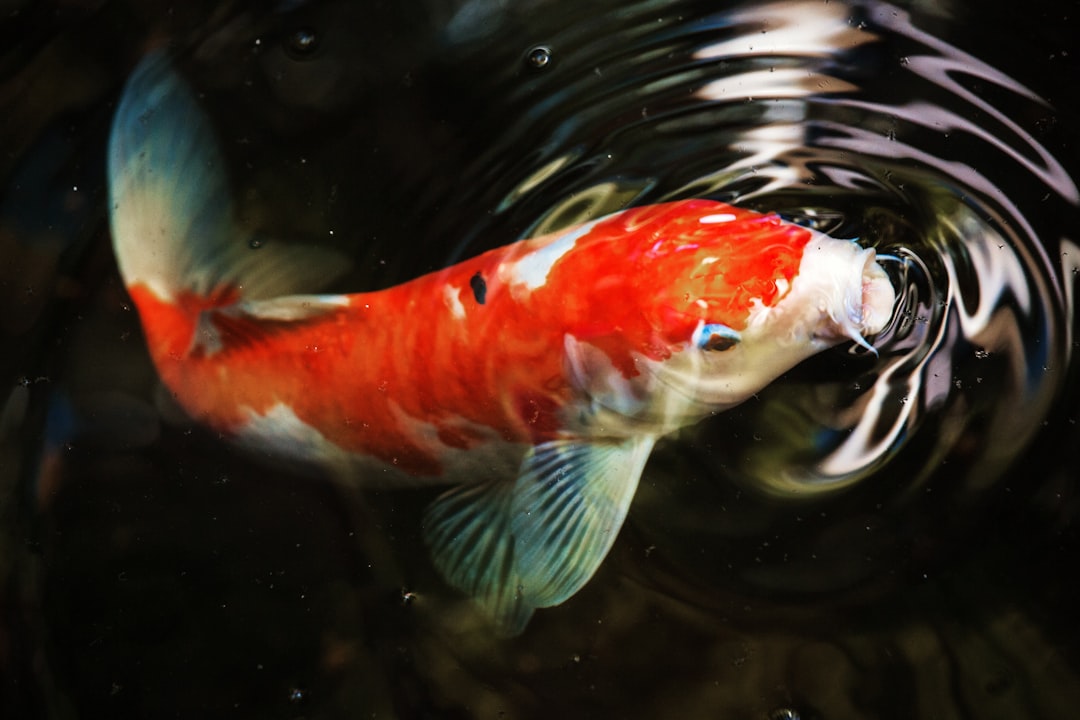What is it about?
Phylogenetic relationships of Falagonia and allied genera are presented. Myrmecophily is explored to those taxa on a phylogenetic hypothesis.
Featured Image
Why is it important?
It is a first effort to understand the relationships of Falagonia and allied genera on a phylogenetic context, and some characters thought to be related with myrmecophily were mapped on a phylogeny.
Perspectives
It is a first approach where we used morphological characters to understand the phylogenetic relationships of an interesting group of insects and its association with ants. A phylogenetic context is important to understand the evolution of characters in general, but particularly in this study was useful to explore the association of those with myrmecophily.
Dr. Quiyari Santiago
University of Veracruz
Read the Original
This page is a summary of: Exploring myrmecophily based on the phylogenetic interrelationships ofFalagoniaSharp, 1883 (Coleoptera: Staphylinidae: Aleocharinae) and allied genera, Systematic Entomology, June 2016, Wiley,
DOI: 10.1111/syen.12191.
You can read the full text:
Contributors
The following have contributed to this page










